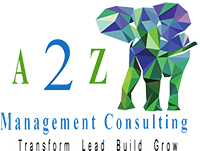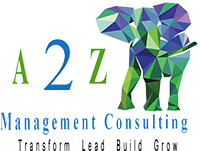In this chapter, I’ll show you how to optimize your content for a better user experience (UX). For example, my guide to link building is optimized around the keyword “link building.” So I used that keyword in my URL. The folks at Reboot Online ran an experiment to see if external links helped improve rankings. This chapter will show you how to write SEO-friendly title tags and descriptions. Google might not use your meta description to understand the content on your page, but searchers use it to figure out which result to click on.
- Regarding pricing, Screaming Frog offers a free version of the tool which is suitable for small websites where you get up to 500 URL crawls.
- Secondly, create content that is user-centered and focused on the right keywords.
- The H1 tag is usually the most visible content on a page and should not be used more than once per page or blog content.
- Then, add a few internal links from those pages to a high-priority page on your site.
What is On-page SEO?
And over time, these pages may weigh down your website’s overall performance. Craft compelling, keyword-rich page titles that accurately reflect the content of each page. Your title should be concise yet descriptive, SEO Anomaly giving both users and search engines a clear understanding of what the page is about. On Page SEO encompasses all measures taken directly within your website to improve its position in search rankings.
As mentioned earlier, incorporating links throughout your pages is a must, but it’s often something that’s easily overlooked. Aim to have at least 500 words per page, and format content to make it easier to read and digest with the use of headers and subheaders. It should not reflect the content verbatim as it appears on the page. Get as close as you can to the 150-character limit to maximize space and tell visitors as much as possible about your page.
And that hierarchy should be reflected in your site navigation, such as with a mega menu. We’ve already noted that breadcrumbs can be an effective SEO tool by helping you demonstrate the relationships between collections and sub-collections. If your product may be coming back, the simplest and most effective option is to create a dedicated “coming soon” page for each product. All of which means you need to find a solution for all those old and/or out-of-stock product pages.
Linkagem Interna
The biggest way to gain a competitive edge in the SEO world is knowing how to make search engines completely understand your content. For example, elements of off-page SEO include building links on other websites that point to your domain, social media, guest posts, and more. The cost of your search engine optimization project can vary considerably based upon the size and complexity of your website.
Heading Optimization
The tool lets you know if you have your keyword in all the key locations like the H1 and body content (more on why this matters soon). Mastering on-page SEO can have a HUGE effect on your rankings, traffic, and conversions. Put them into practice to enhance your rankings and drive more traffic.
The article doesn’t begin with a long thesis about the history of SEO, then eventually circling back to on-page SEO. We’re also answering additional adjacent questions and showing you how to optimize your pages for search engines. Looking to the future, search engines are exploring ways of using relationships between entities, not just keywords, to determine topical relevance. It further reads the depth of your web pages from the home page itself and even indicates the number of clicks a user does to reach a specific page. Along with this, the interface also distributes different metrics in detailed categories such as ‘Indexation’, ‘Technical’, ‘HTML’, ‘Content’, ‘Links’, and ‘Sitemap’.
Optimizing for Google’s featured snippets can make your content more accessible for voice search queries, aligning with the rising use of voice-activated devices. To assess a site’s mobile usability, you can utilize Google’s Mobile-Friendly Test and check for issues in the Mobile Usability section of Google Search Console. User Experience in content relies on the strategic use of multimedia elements. This includes optimizing visible content and the HTML source code of a page. In all CMS, by default, the title of a page is wrapped into H1 tags. All you have to do is mention some of the above words in your content (without doing keyword stuffing).

